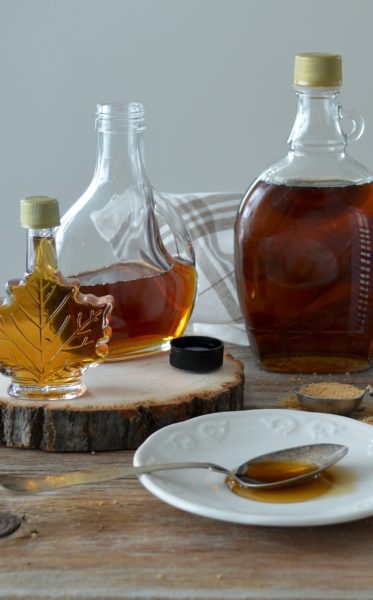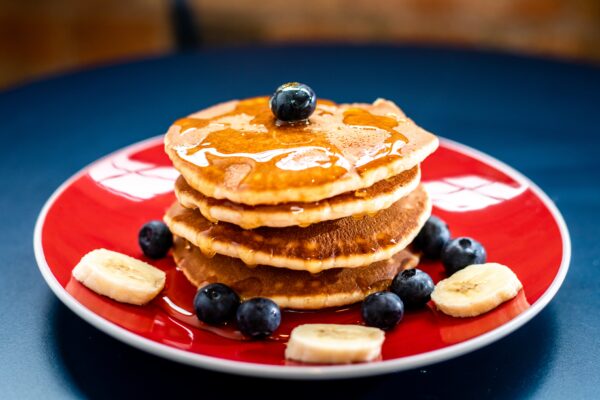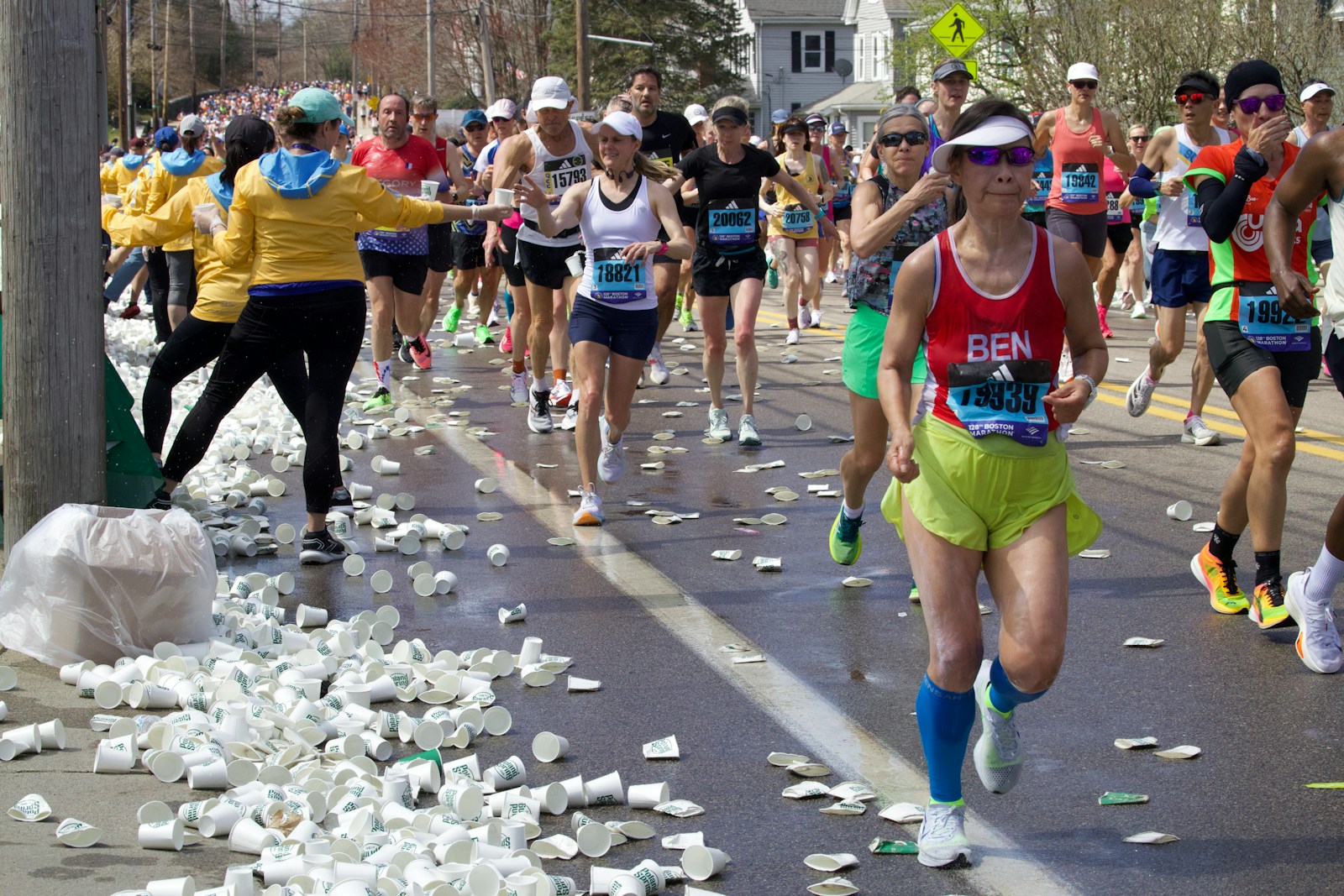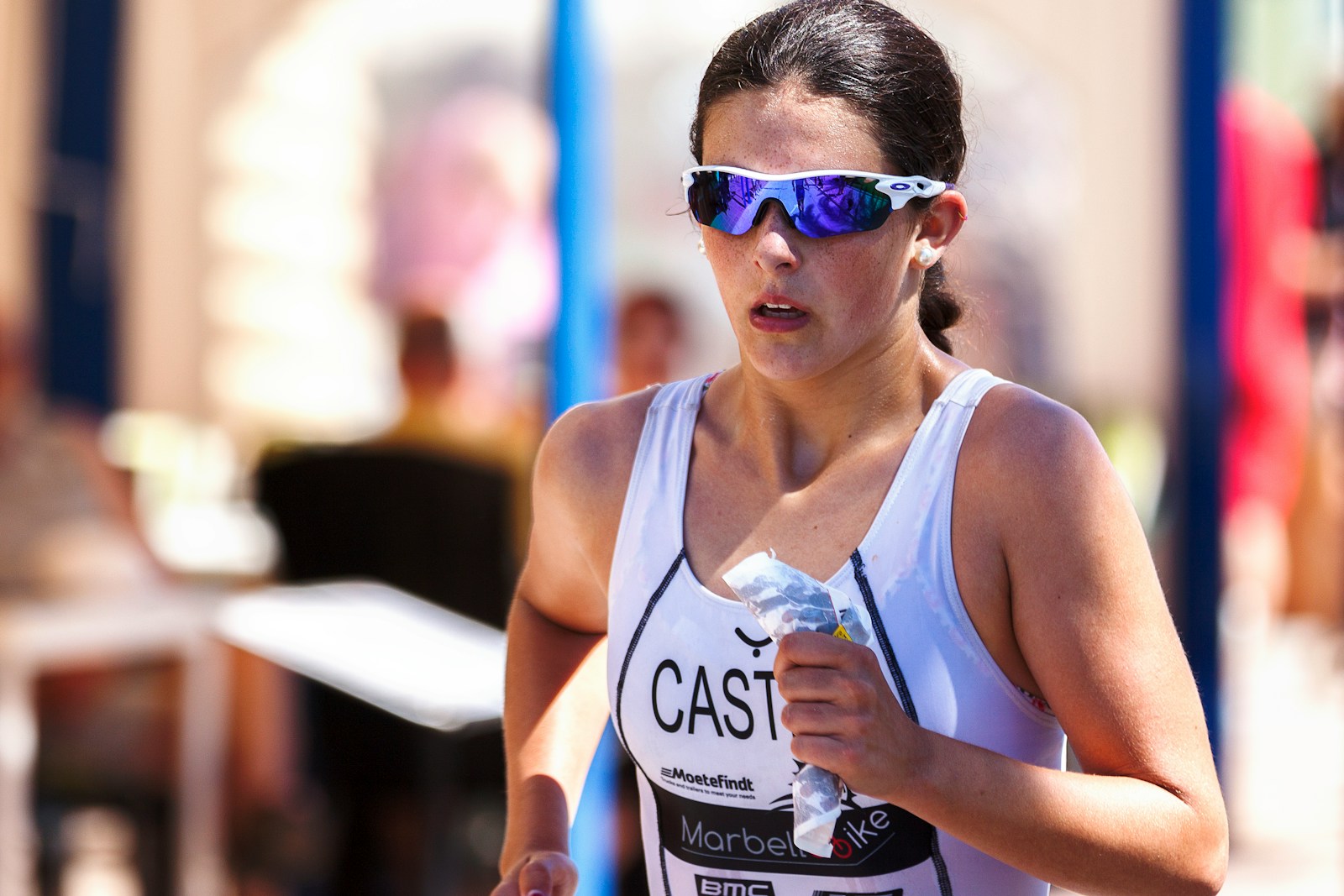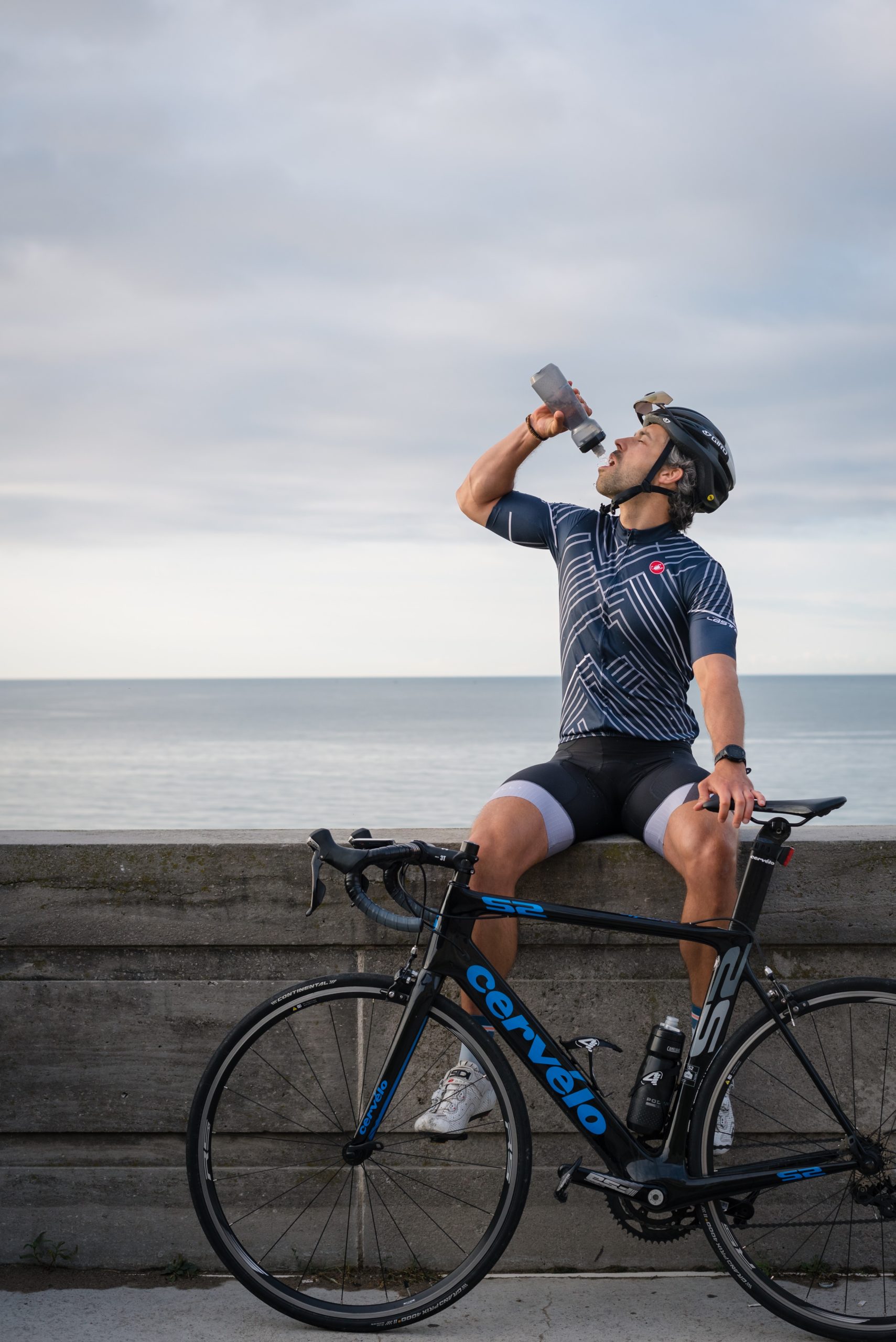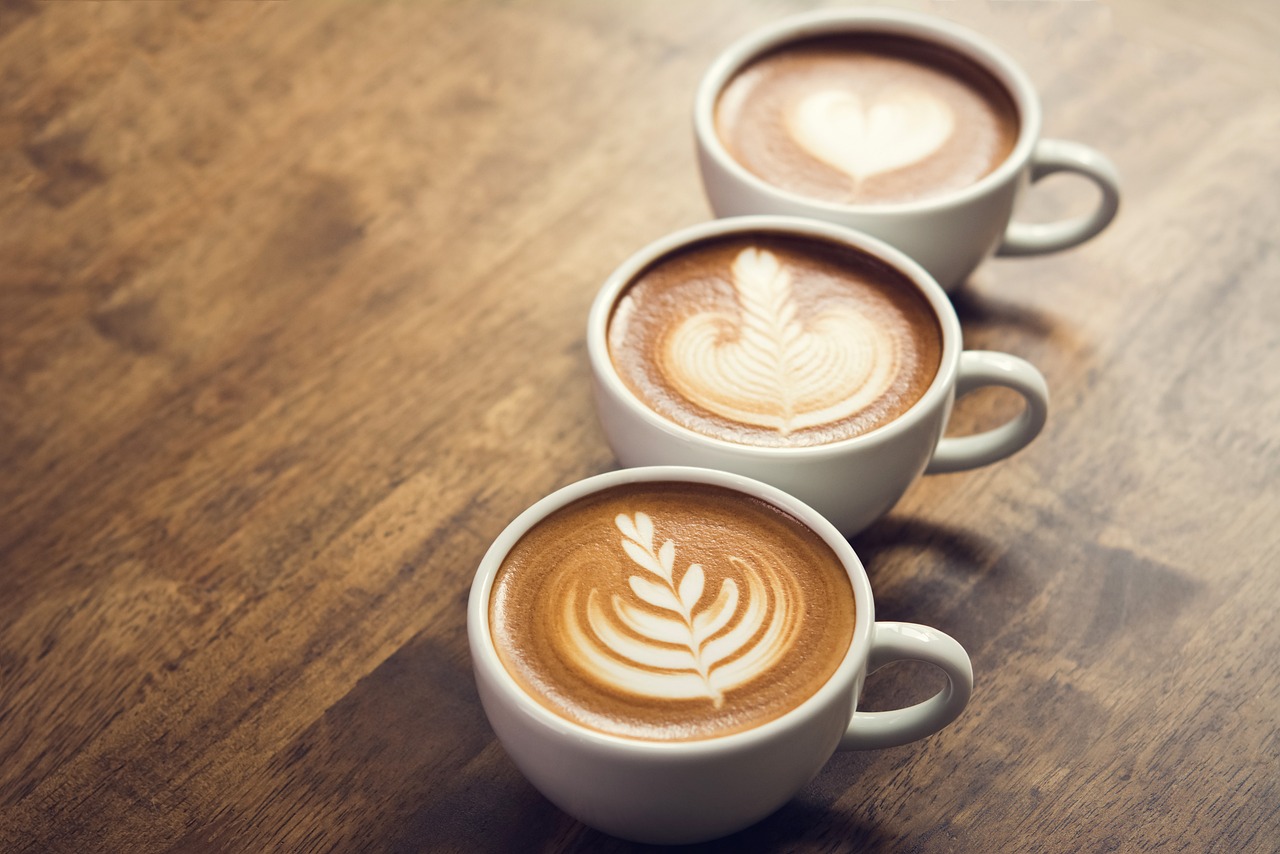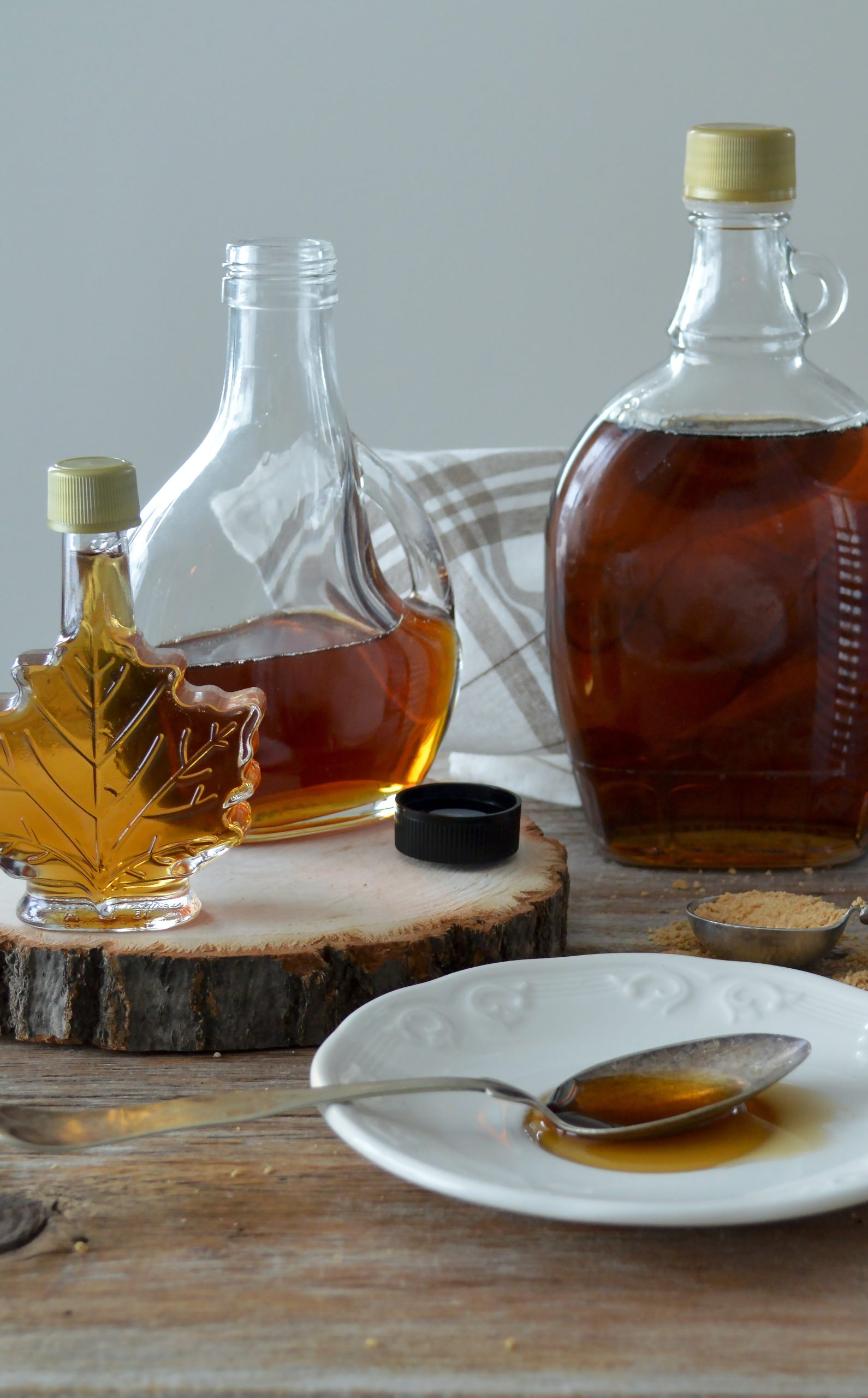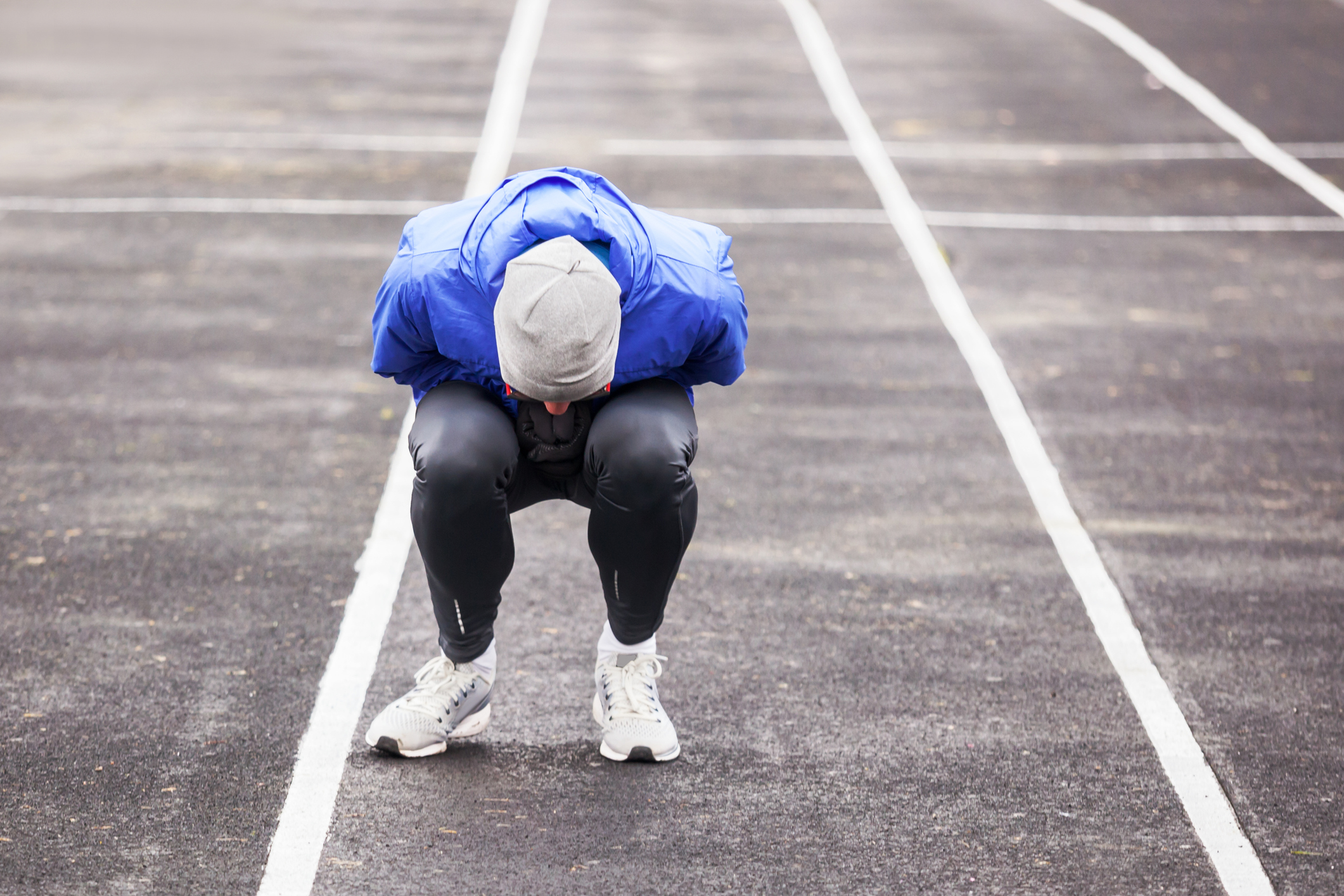Fueling for Your First Triathlon
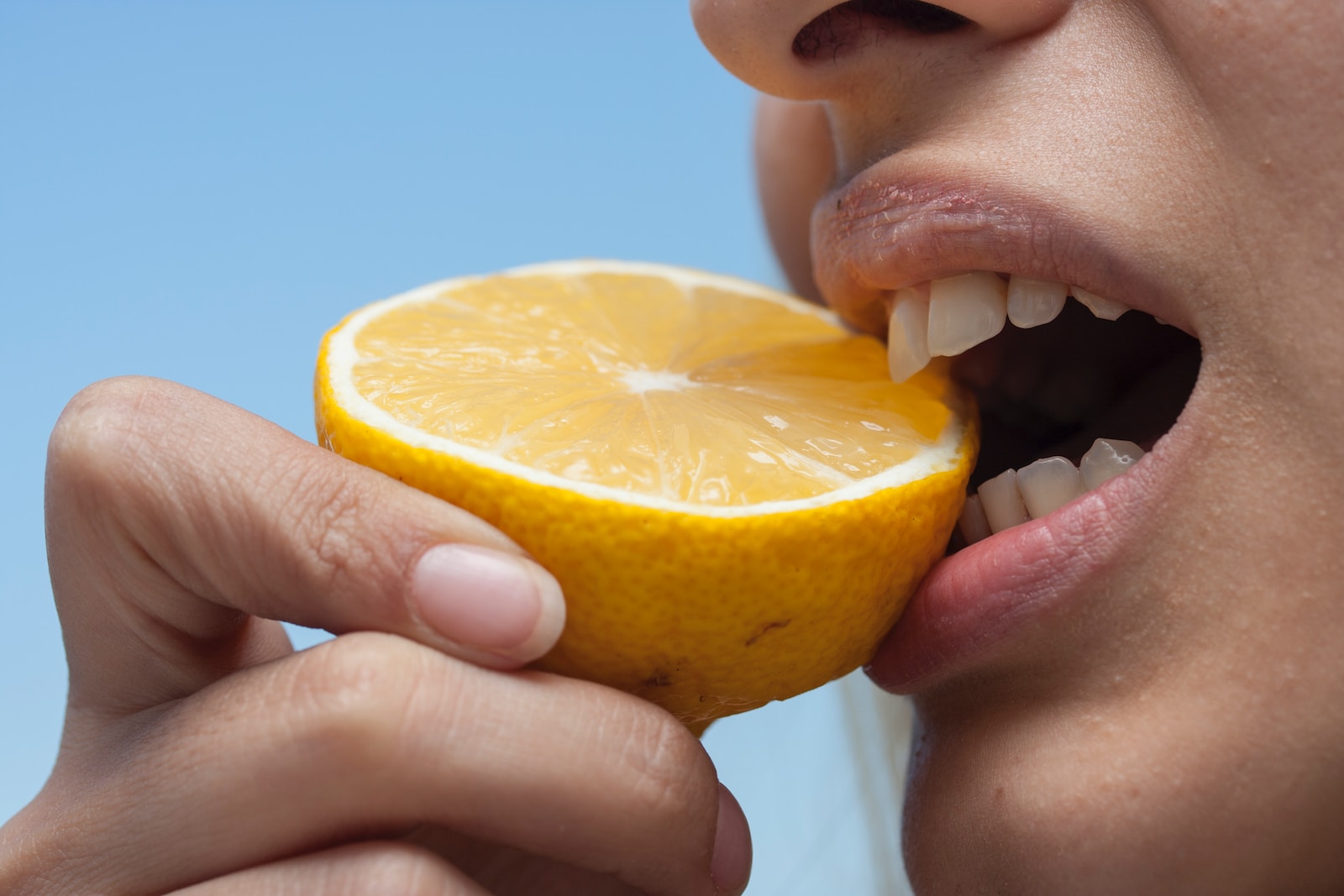
A beginner’s guide to race nutrition.
It’s been said that triathlon has four disciplines, swim, bike, run, and nutrition. And if you’ve ever been out on a long, hard training day and it ended with a crawl’s pace, you’ve experienced first-hand that a swim, bike, and run are only as good as the engine. On race day, when you put the race together without extended breaks, sports fueling becomes even more important to support performance, avoid gastrointestinal (GI) issues, and recover from your effort. If you are new to triathlon, “welcome!” And rest assured, we know managing the swim, bike, and run, along with the equipment, two transitions, and sports fueling, can be overwhelming. It’s a lot – so if you are overwhelmed, take a deep breath -exhale – and follow this step-by-step guide on what and when to eat and fuel in and around race day.
Night Before the Race – The Last Supper
Dinner, the night before race day, tops off glycogen stores, staving off fatigue while reducing the possibility of gastrointestinal (GI) distress. Feel free to eat to your satisfaction but avoid stuffing yourself to the brim.
Plan your pre-race meal for at least 2.5-3 hours before bedtime, so you don’t lay down with a full stomach and let digestion sabotage your much-needed sleep.
This meal should resemble a typical dinner on any ordinary evening before a key training session; rich in easy-to-digest carbohydrates (carbs), low in fat and fiber, and moderate in protein. Avoid spicy foods, fried foods, carbonated beverages, uncooked meat, and unfamiliar foods. Pre-race is not the time to be adventurous with food; save that for the post-race celebration.
Pre-Race Dinner Examples. Add salt to taste.
- White rice, grilled chicken, side salad, dinner roll, water
- White or sweet potato, grilled chicken or lean steak, steamed green beans and carrots, dinner roll, water
- Pasta with a marinara sauce, lean protein of choice, and steamed veggies (low in fiber); avoid broccoli.
- Cheese pizza, side salad, water
Final Tips for the day before
– Plan to test drive your pre-race meals and sports nutrition plan repeatedly during training in race similar temperatures to avoid any race-day hick-ups.
– Eat an early dinner, at least 2.5-3 hours before bedtime, earlier, if possible, to optimize a good night’s sleep.
– Enjoy your meal until you are satisfied but avoid stuffing yourself.
– Establish a “ritual” dinner in training that can be re-created on the night before race day. Having a familiar meal can calm pre-race anxiety and put you in the right mindset.
– Avoid drinking too much water. Overhydrating will have you running to the bathroom unnecessarily, dilute your bloodstream of valuable electrolytes and interfere with sleep.
– Although a glass of wine or a beer may be part of your nightly routine, alcohol, even in small amounts, can negatively affect sleep, hydration status, motor skills, judgment, and overall performance.
Race Day Breakfast
If breakfast isn’t your thing, this may not be what you want to hear, but intentionally skipping breakfast on race day is ill-advised. Research shows that eating before a race-specific workout or event improves performance. Here’s why: during the night, liver glycogen is responsible for maintaining blood sugars and fueling the body’s work of repairing and rebuilding while you sleep. By morning, your liver glycogen is low. Therefore, taking in some carbohydrates will boost blood sugar and liver glycogen and offset fatigue. But your race isn’t hinged on an elaborate five-course breakfast. A little can go a long way. Plan to have breakfast 2.5-3 hours before the race starts to allow plenty of time for digestion. If pre-race jitters get the best of you, try taking small bites and slowing down, or for those who struggle with eating that early in the morning, take your breakfast in liquid form since it will clear the gut faster than solids and provide hydration. (Think Smoothies!).
Breakfast should comprise mostly carbohydrates, low in fiber with a small amount of protein, and very little fat since fat takes the longest to leave the gut and can lead to GI issues.
Whatever you do, remember: Nothing new on race day. As with the pre-race dinner, test-drive your pre-race breakfast repeatedly in training.
Four Race Day Breakfast Examples:
- Bagel, 2 Tbsp jam, 2 Tbsp nut butter, one banana, water, coffee or tea
- One cup cooked oatmeal, one banana, 1 TBSP honey, small Greek yogurt, water, coffee, or tea
- 20-24 oz sports drink sipped over a few hours (30-40g CHO/bottle), 1-2 pieces toast, 2 Tbsp. Nut butter or jam, 1 cup applesauce, water, and coffee or tea.
- 1-2 waffles with maple syrup, 1-2 eggs or 2 TBSP nut butter, side of fruit (avoid apples as they are prone to causing gas during activity).
Breakfast – Plan B:
When breakfast doesn’t go as planned, don’t worry; you have up to 20 minutes before the race to top off blood glucose. Depending on when you can eat – choose one of these refueling guidelines –
- 90 min out from the race start – aim for a 12 oz sports drink and ½ sports bar or energy chews (1.5g CHO/kg body weight)
or - 20-60 minutes out from race start; if 20 min – no more than 20-25g CHO; if 60 min out, no more than 1g CHO/kg bodyweight. Examples:
- 8-12 oz. sports beverage
- Energy chews (20-50g carbs; 20-60 min out)
- 100 calories of sports supplement fuel
*1kg = 2.2 lbs.
During the Race
On the Bike
Before race day, familiarize yourself with the swim, bike, and run course maps, where the bike and run aid stations are on the course, and what is being offered.
Regardless of if there are aid stations on the bike course, plan to carry at least one 20-28oz bottle on your bike. Take the time in training to become comfortable drinking while riding, as it saves time and is less hectic than navigating bike traffic to stop on the side of the road to sip from your bottle.
Fill your bottle with a familiar, well-formulated sports drink of your preference. The ideal sports drink should contain a mix of sugar sources (glucose, sucrose, fructose, or maltodextrin), sodium, chloride, potassium, water, and 10-14g CHO per 8 ounces. The sodium content should be at least 120 mg sodium/8 ounces to enhance the taste, stimulate drinking, facilitate absorption, and maintain body fluids/blood volume. Start sipping from your bottle as soon as you safely navigate bike traffic from T1. It takes a little while to absorb calories, so begin fueling/hydrating well before you need it.
Aim for 2-4 gulps on the bike every 6-10 minutes to ensure you are adequately hydrated and fueled for the run.
On the Run:
Triathlon run courses usually have at least one aid station over a 5k distance. But all races are different, so don’t assume. Expect water at a minimum and perhaps a sports drink specific to that race. Some races offer Coke and ice, while others do not. Depending on your fitness and comfort level with the distance, and the temperature/humidity, consider using the run aid stations for a quick intentional walk break to unload and rehydrate. This is a case of when slowing down actually makes you faster. And the more you can offset dehydration, the better your performance. Aim for 3-5 gulps of fluid`, then resume running. The hotter the climate, the more fluids you will need.
Caffeine
If you are a regular caffeine consumer and want to use it on race day, like everything else, implement it in training over and over to ensure you have the desired outcome on race day. Caffeine’s most notable benefit is its effect on the brain; it stimulates the central nervous system, decreases the perception of work and delays fatigue, and improves mental acuity and the ability to remain mentally present. However, everyone is different. If you are sensitive to caffeine and experience adverse side effects, it’s not for you, and that’s okay.
How to implement caffeine into the race plan:
Caffeine has been shown to enhance performance, but as with all things, more is not better. Research suggests a dose of 2-3mg/kg body weight improves performance, and doses higher than 5mg/kg do not yield greater performance benefits. The best approach is to shoot for the lowest amount that supports performance. Caffeine takes 45-60 min to absorb into your system, so plan to take it well before you hope to enjoy the effects.
Caffeinated products include coffee, tea, coke, and sports products such as Bloks, chews, chomps, and gels. The best times to take caffeine are in the pre-race morning meal/snack and before the swim. Caffeine consumed on the run is too late as it won’t take effect until you have crossed the finish line.
Final Thoughts
Just as you train to prepare your body for the task, train your gut to digest the fuel you plan to use on race day. Use training to figure out what works best for you, then repeat it over and over. Above all else, don’t get swayed by the expo’s new shiny products or what your neighbor in transition is wearing, eating, or doing; You do YOU and commit to “Nothing new on race day!”
Most importantly, be kind to yourself, avoid self-doubt, lean on what you have learned in training, and be thankful for your healthy body that allows you to do this wonderful sport. Finally, we wish you a great day on the race course, and if you see a camera, don’t forget to smile!!

